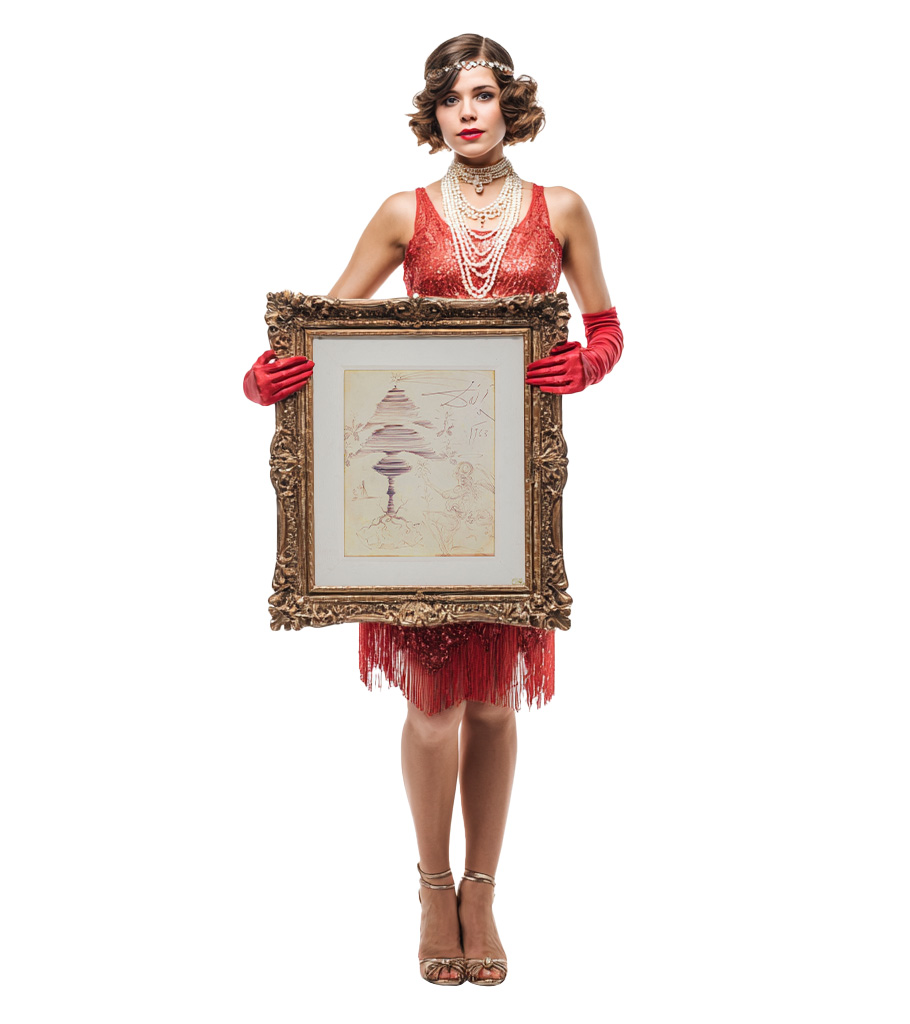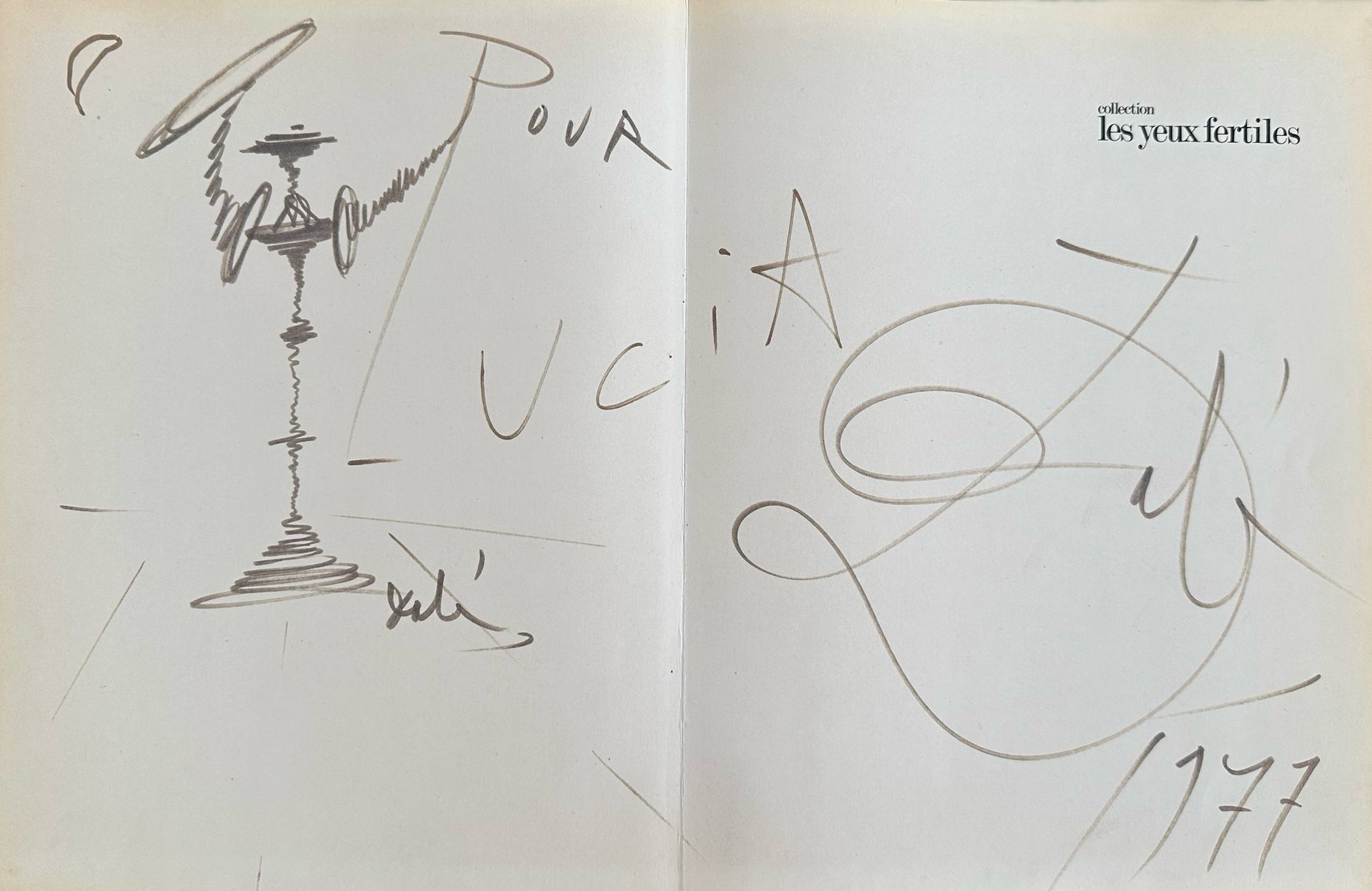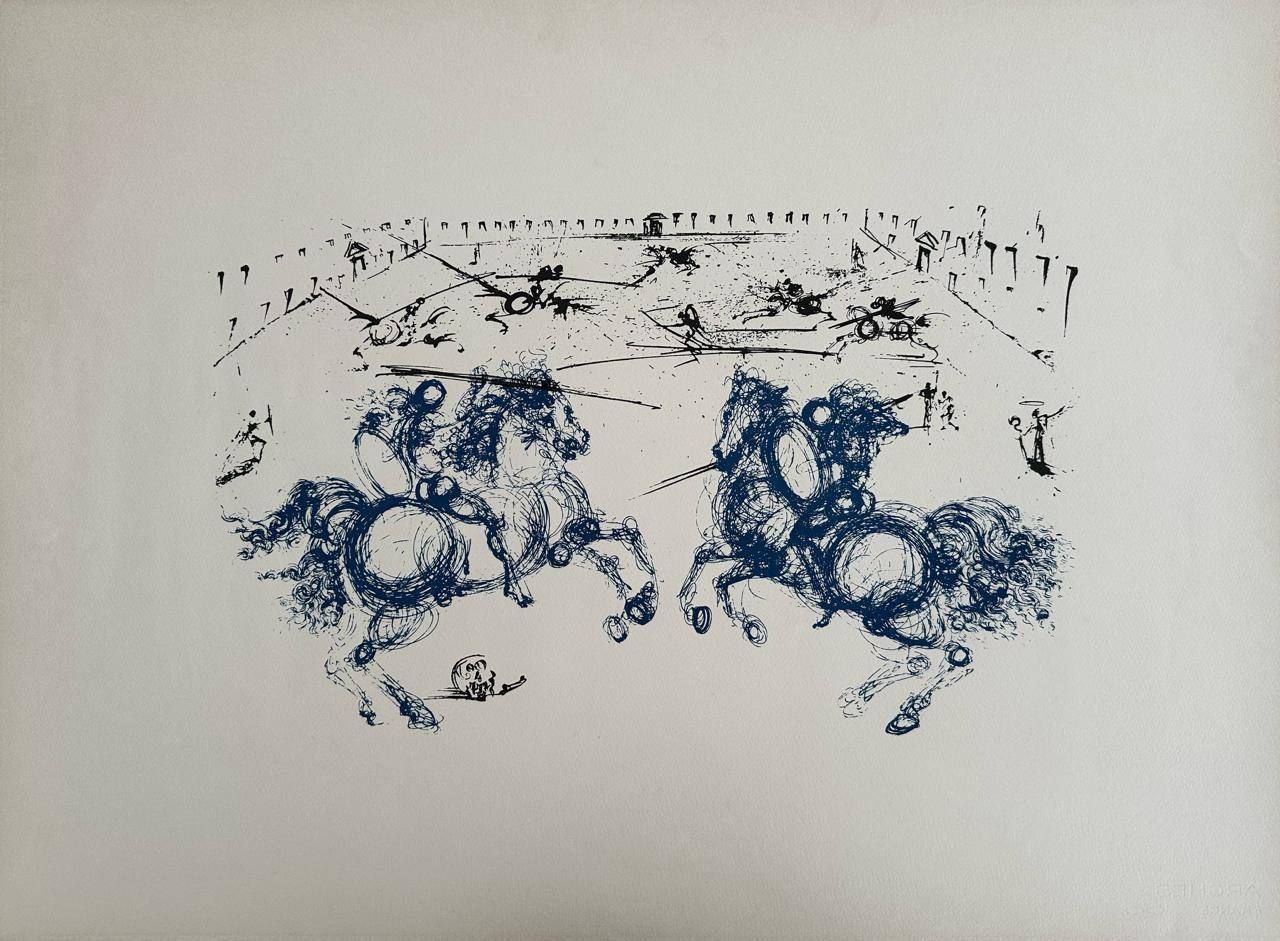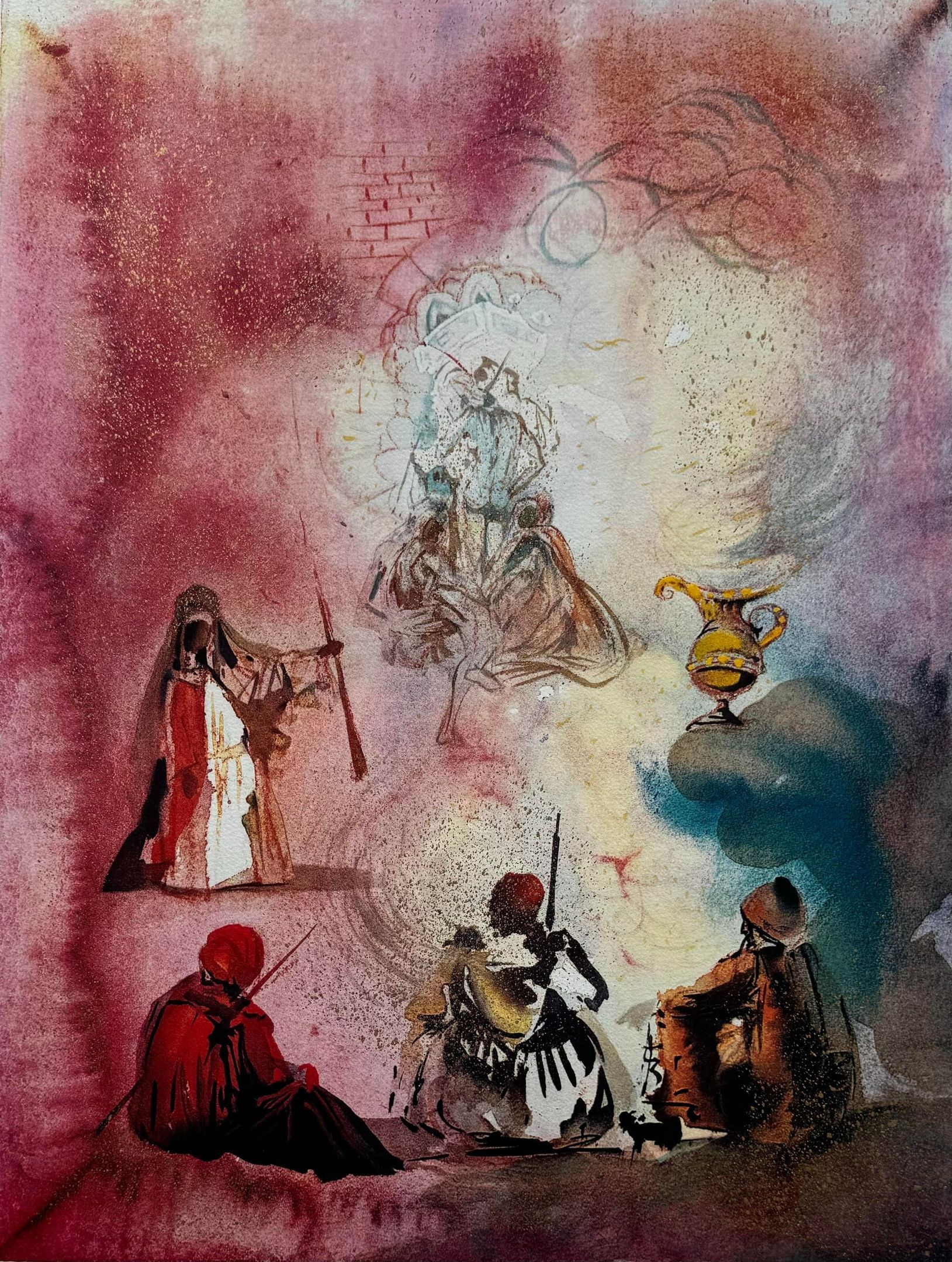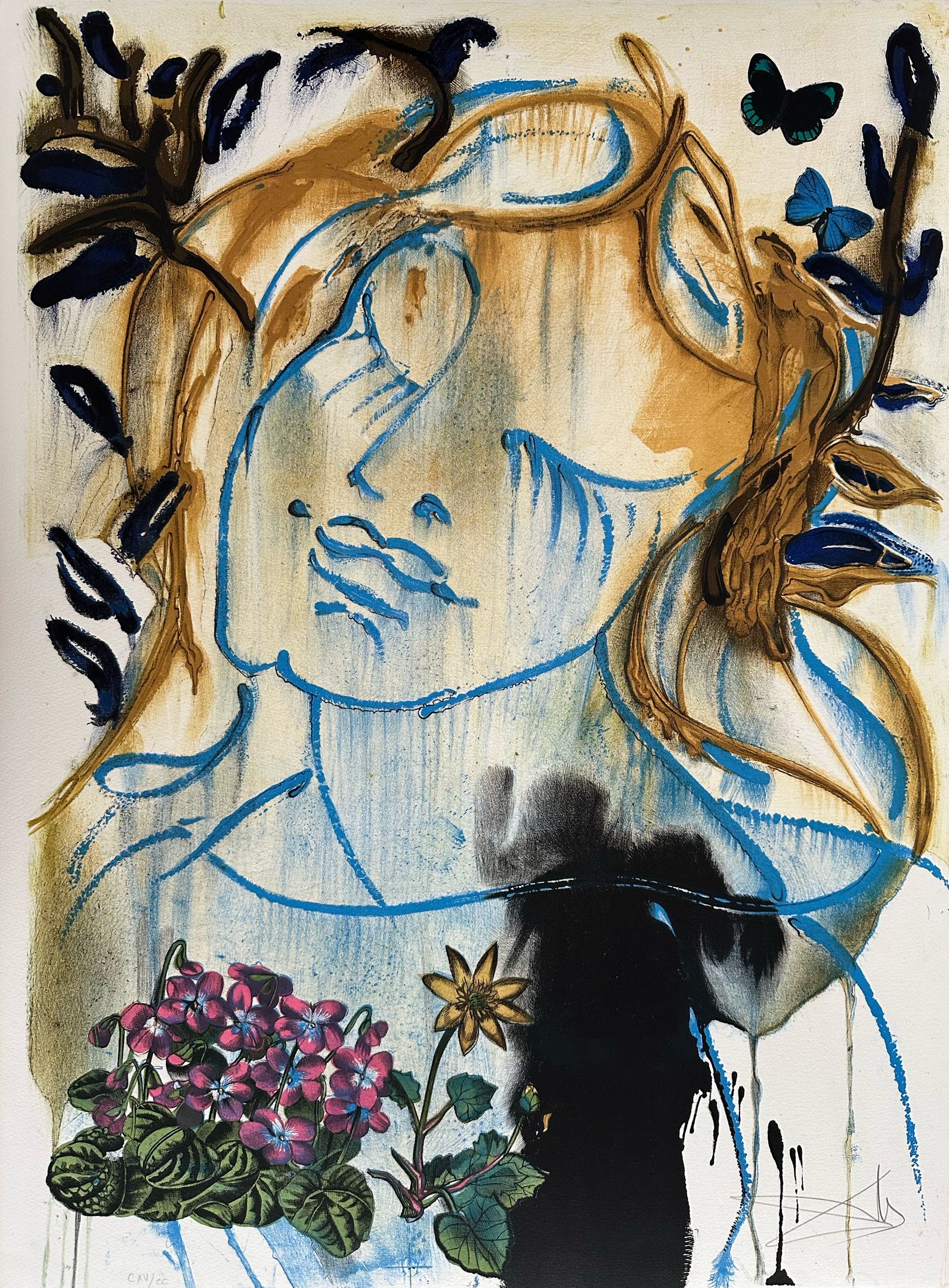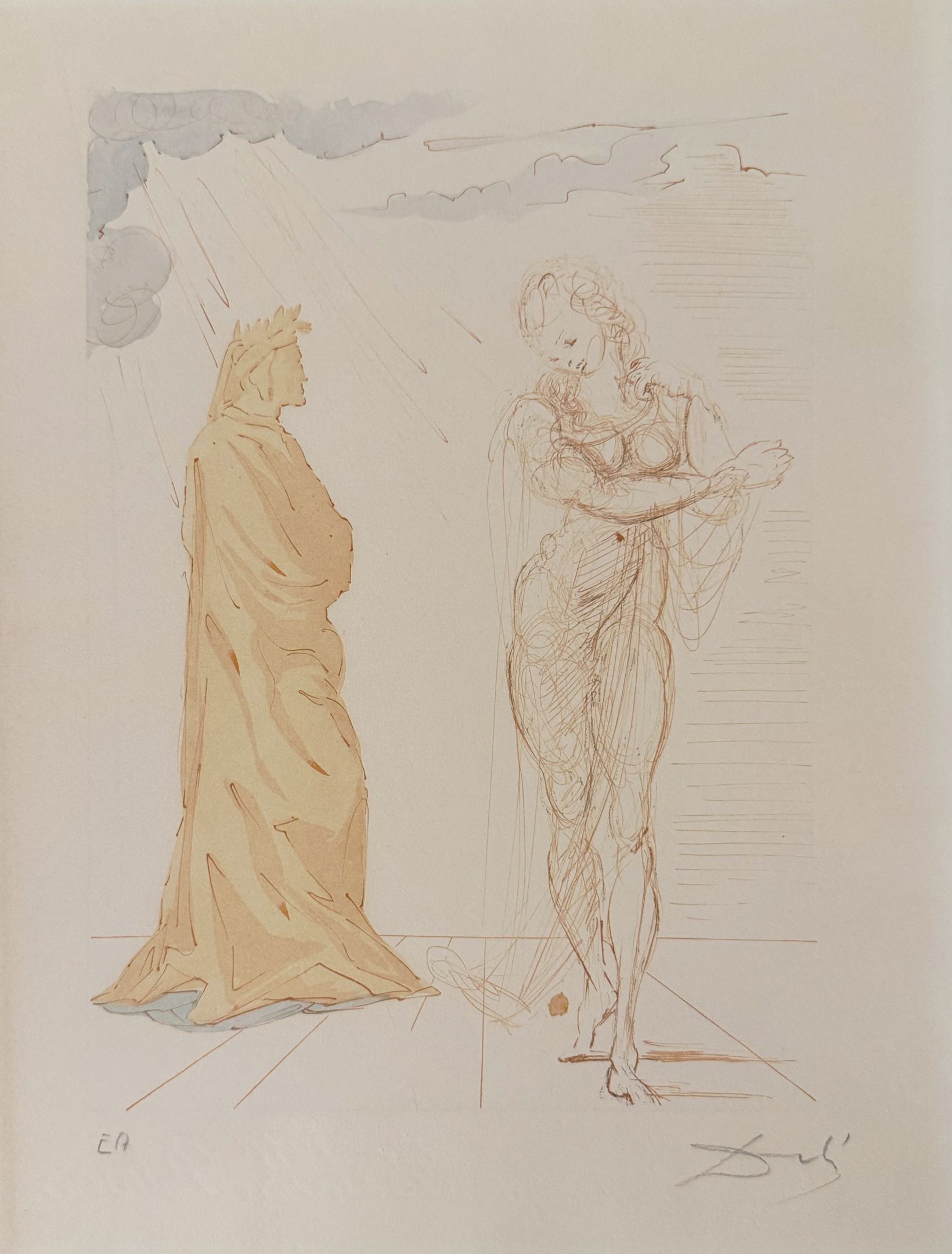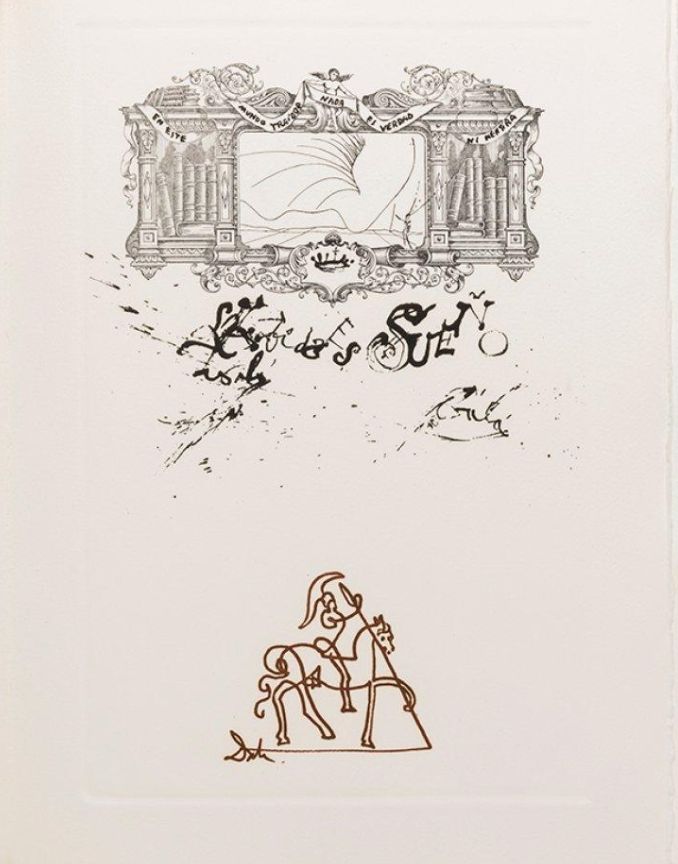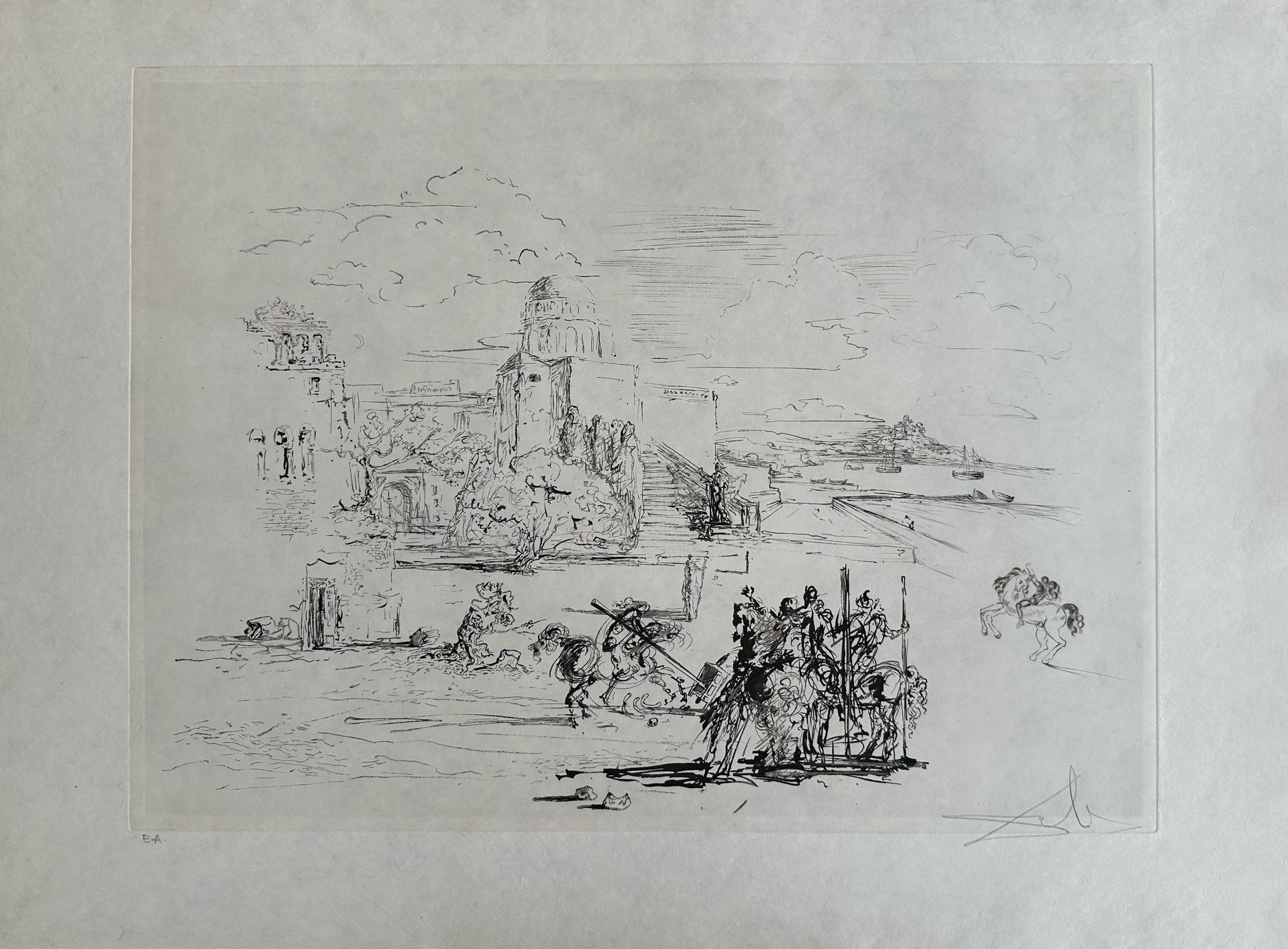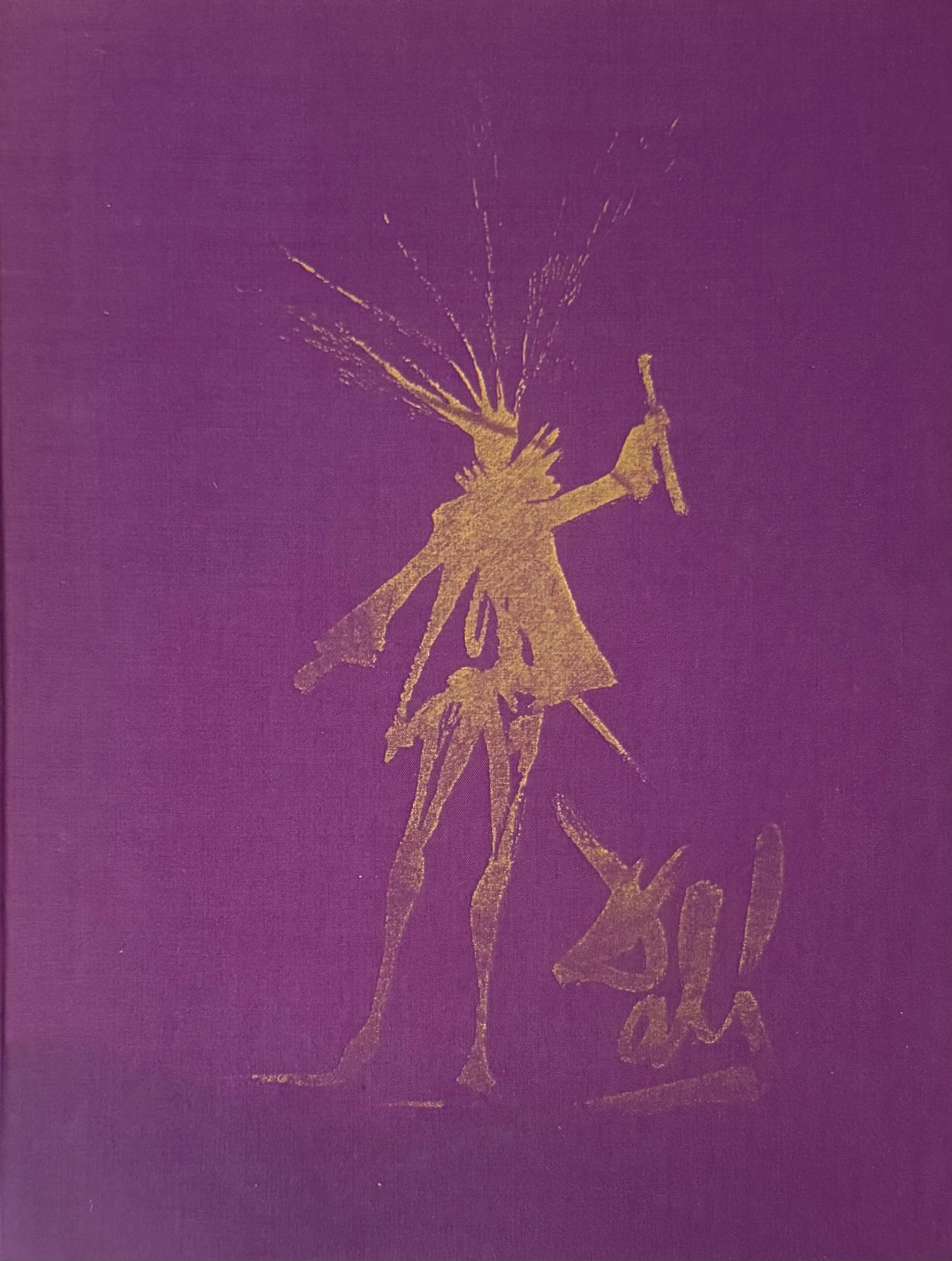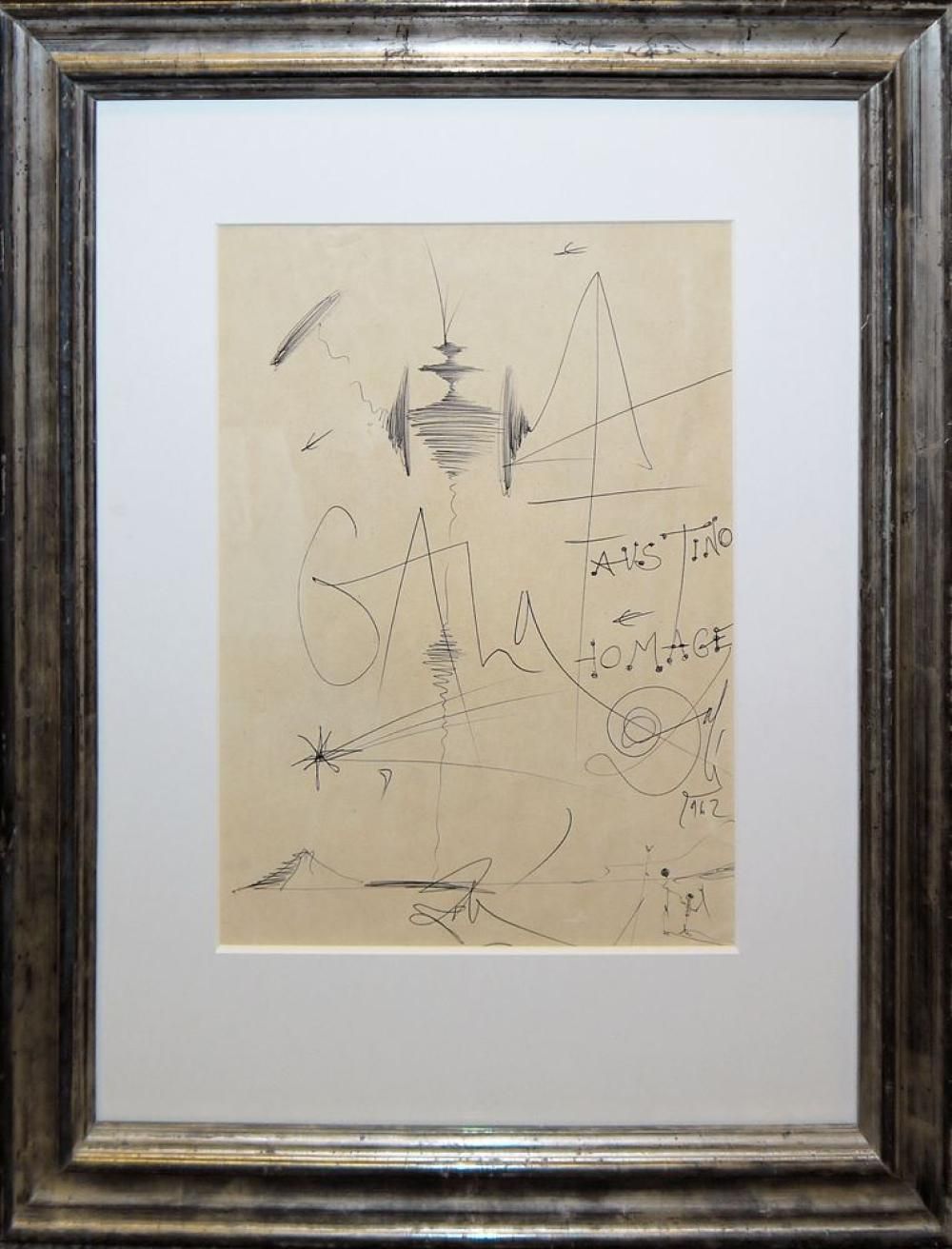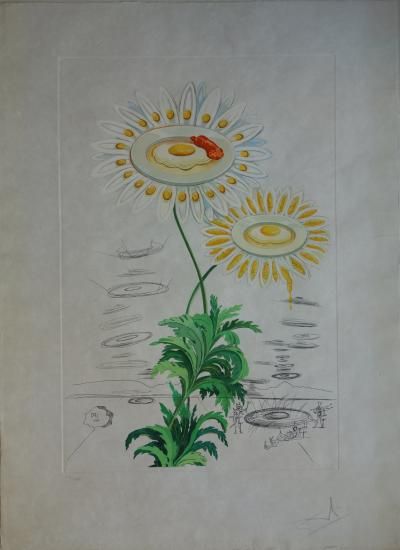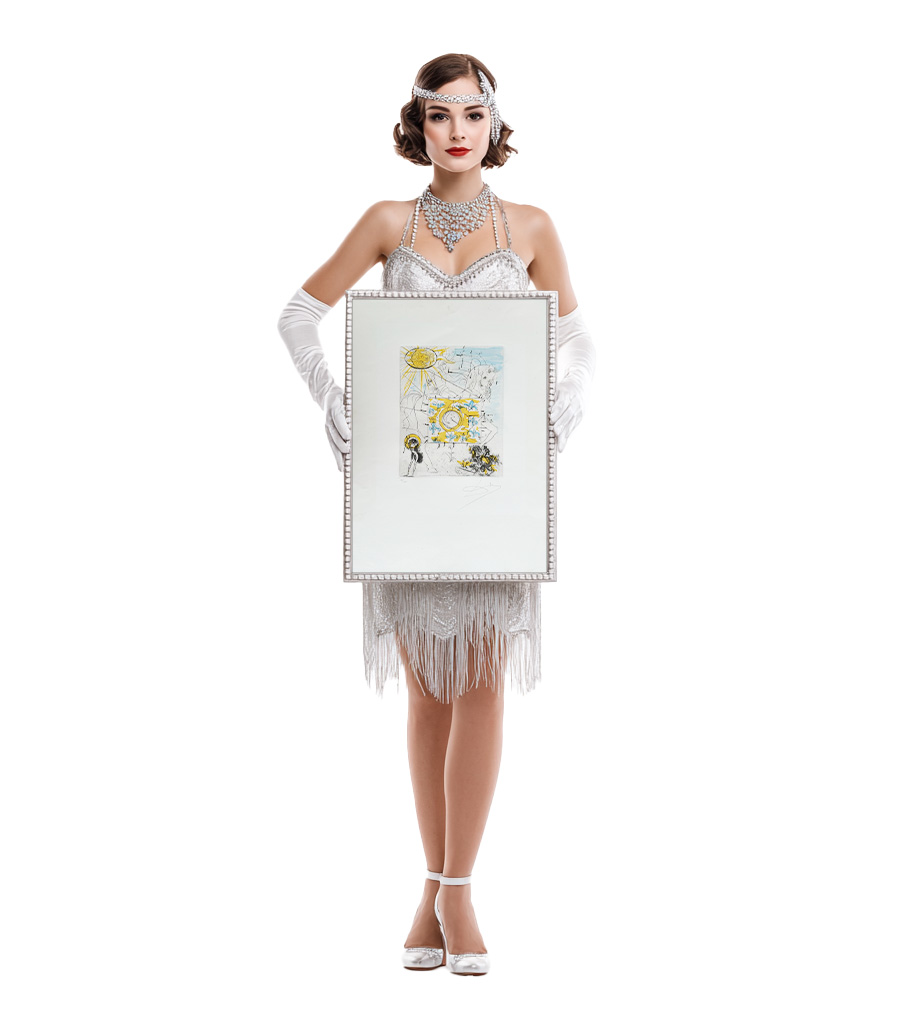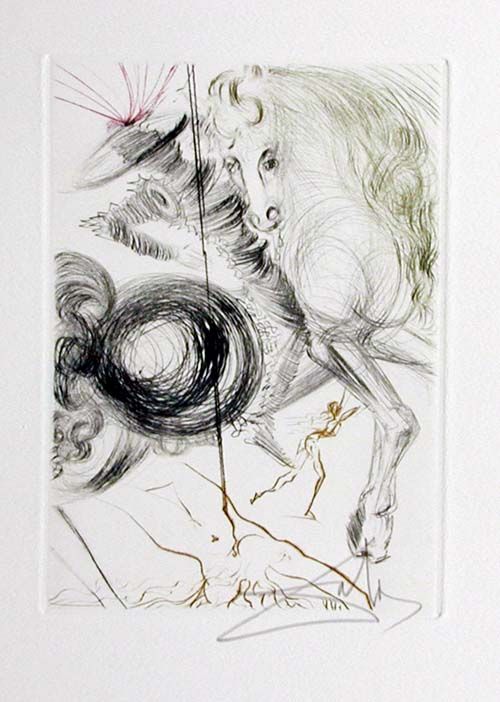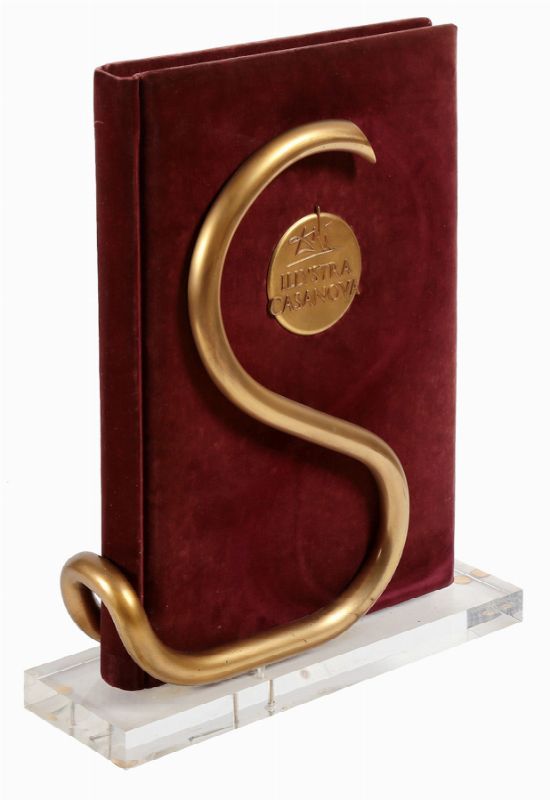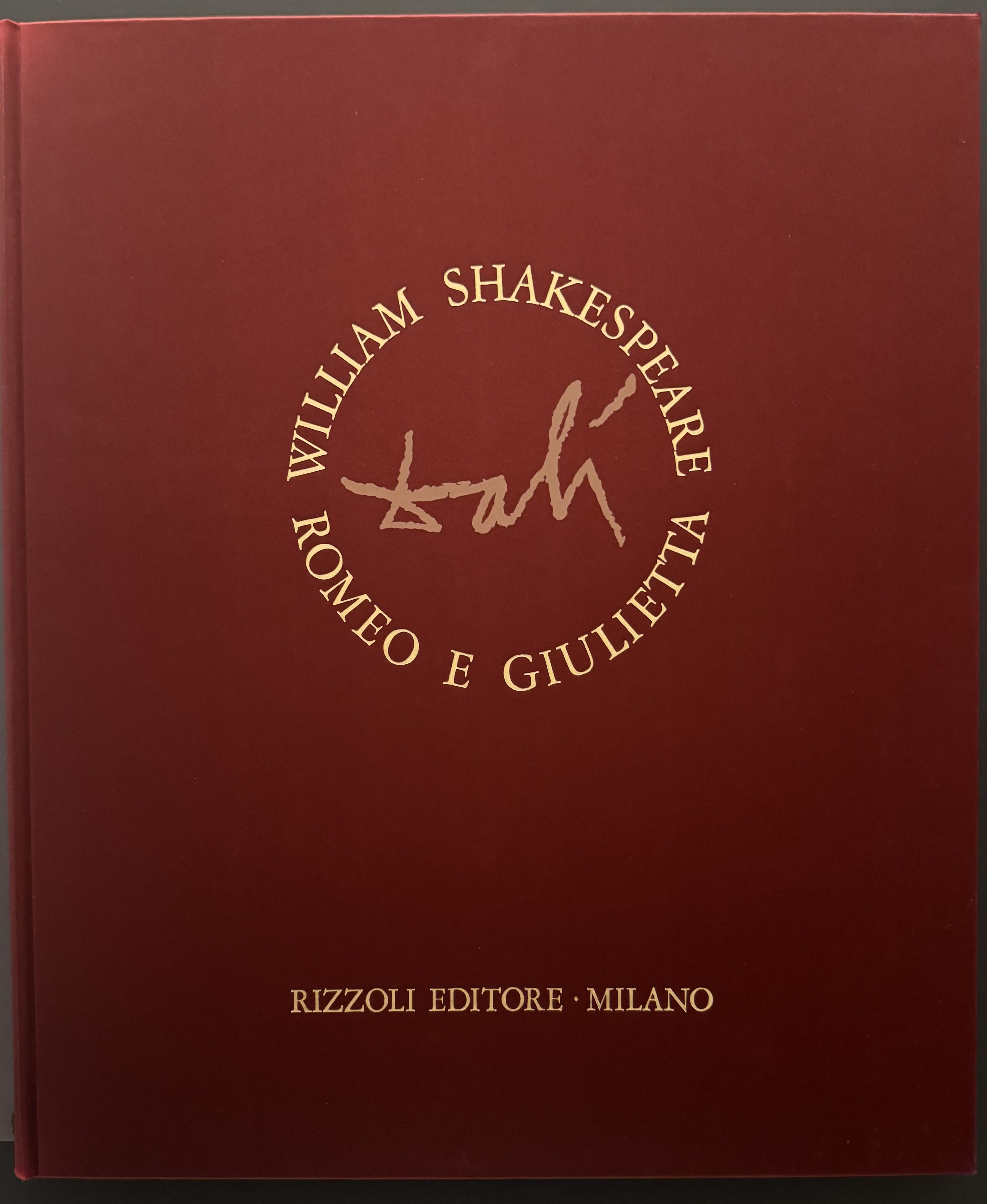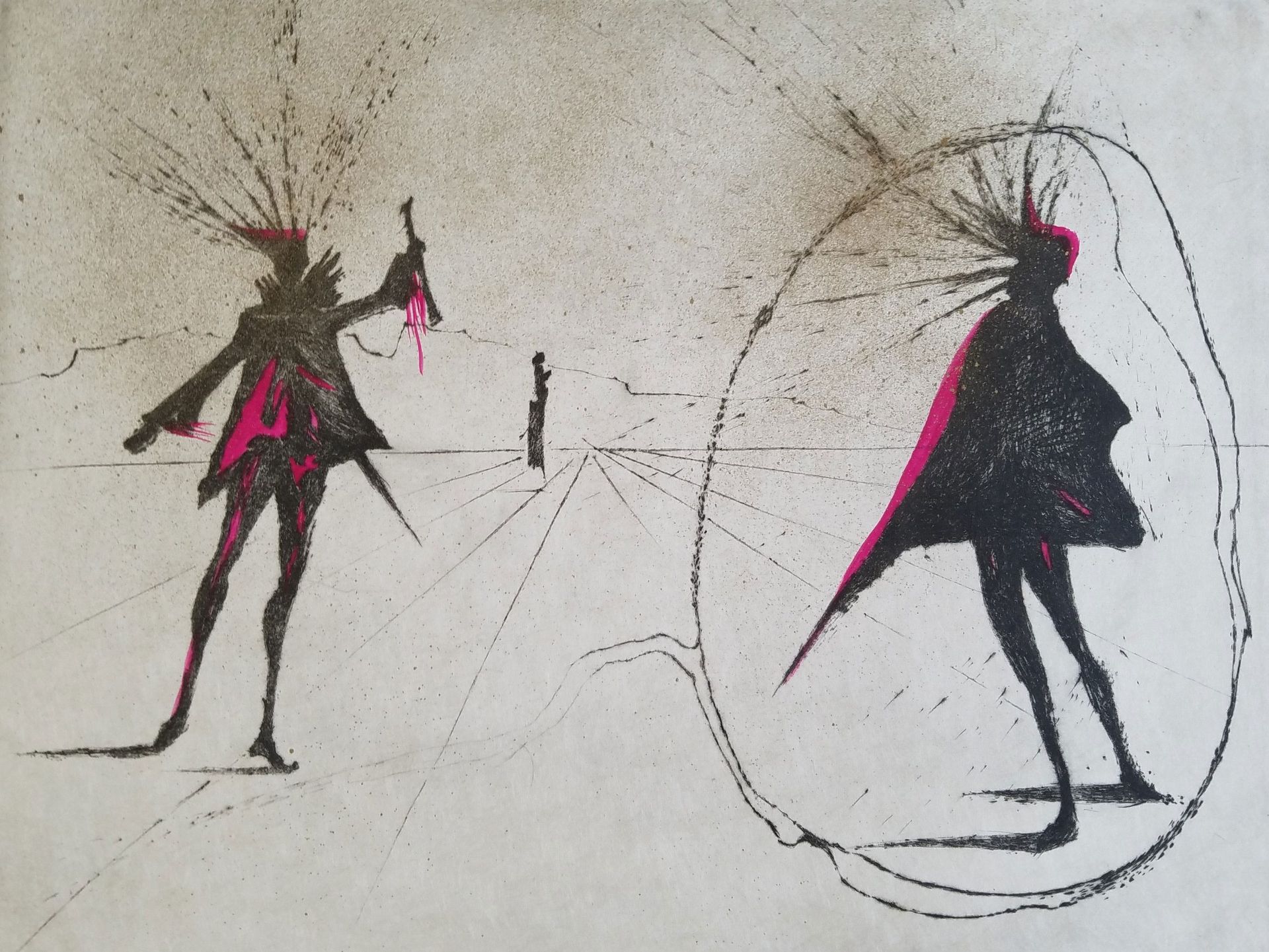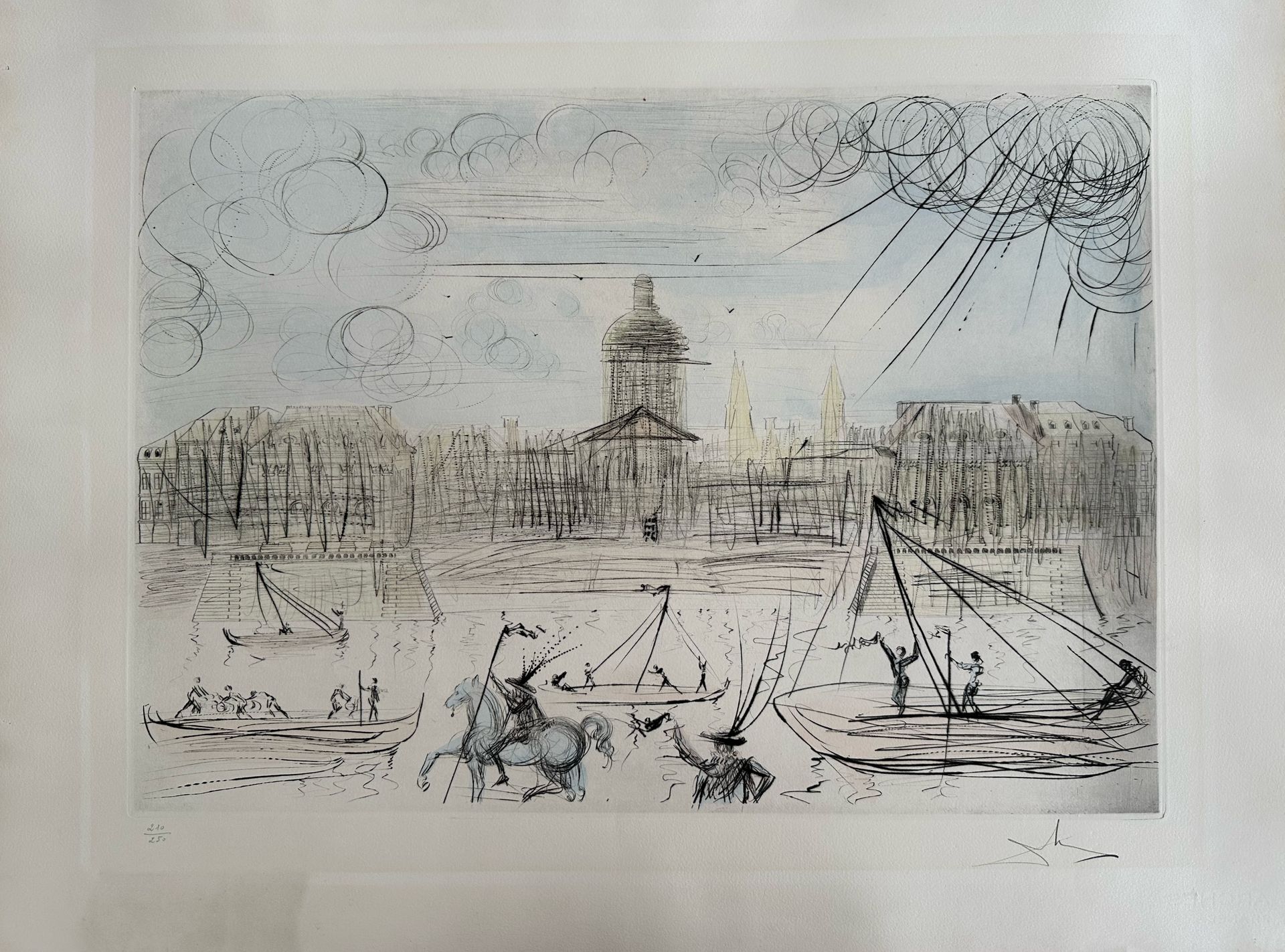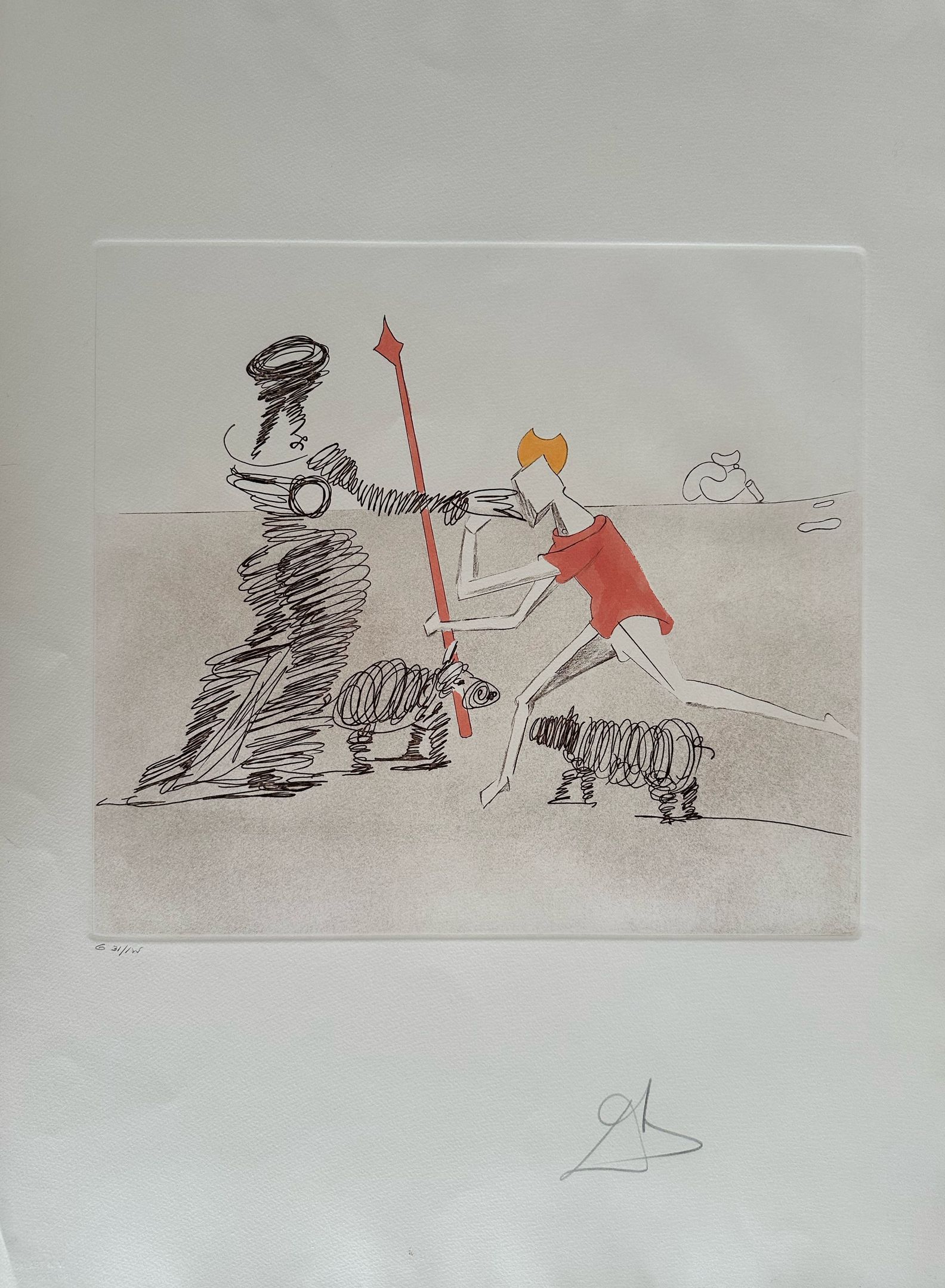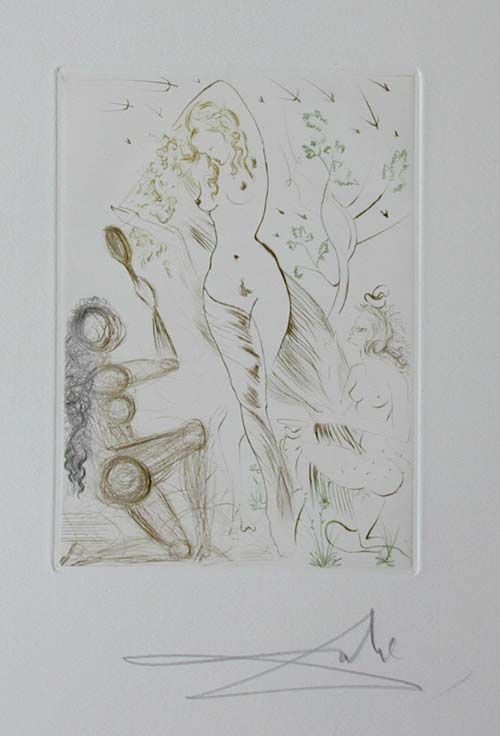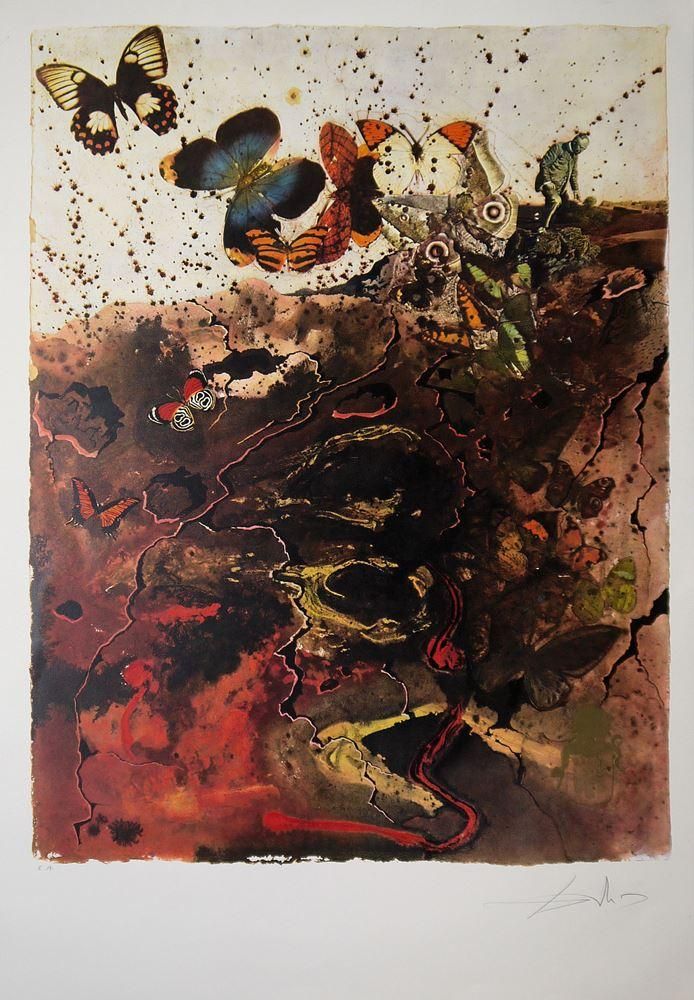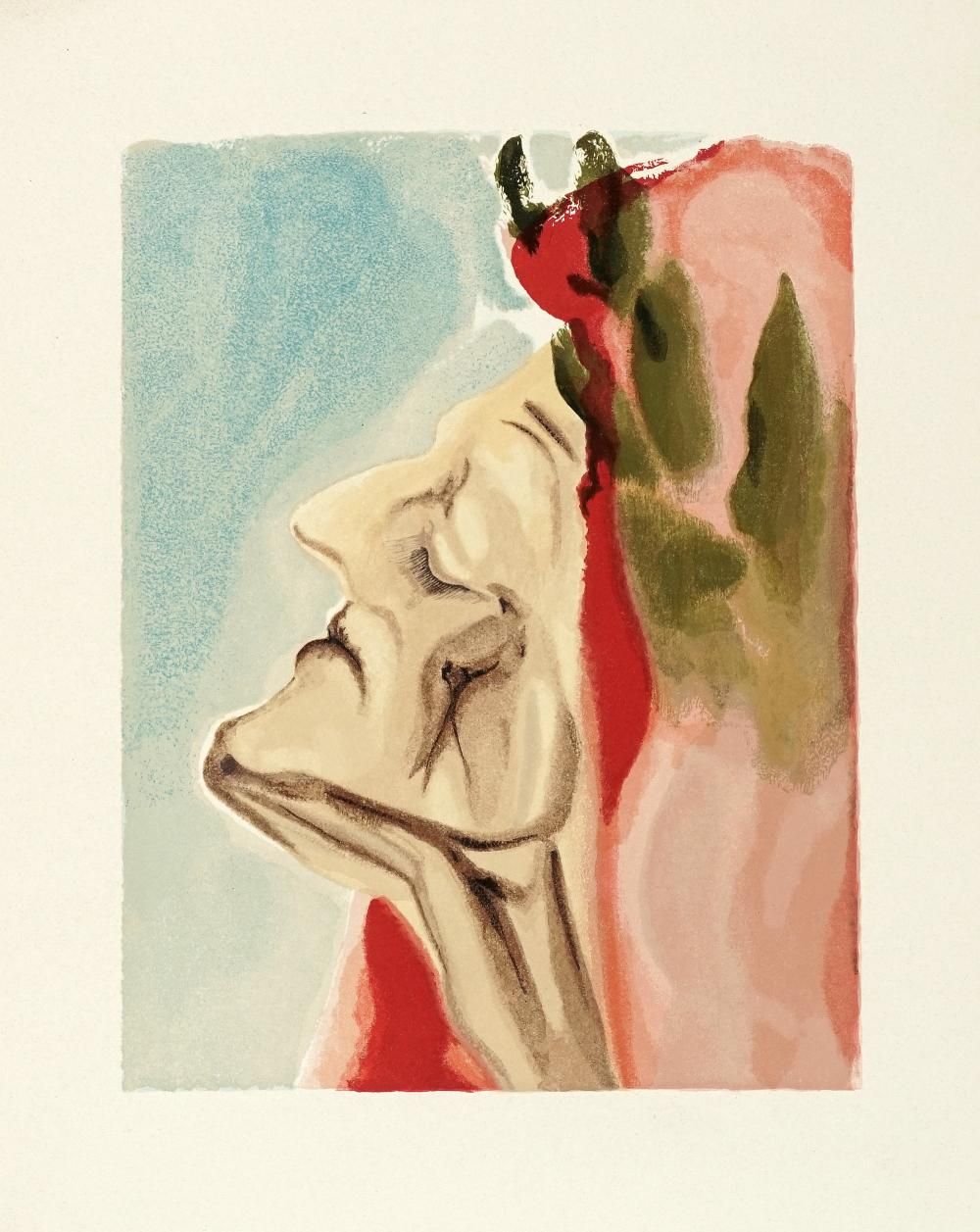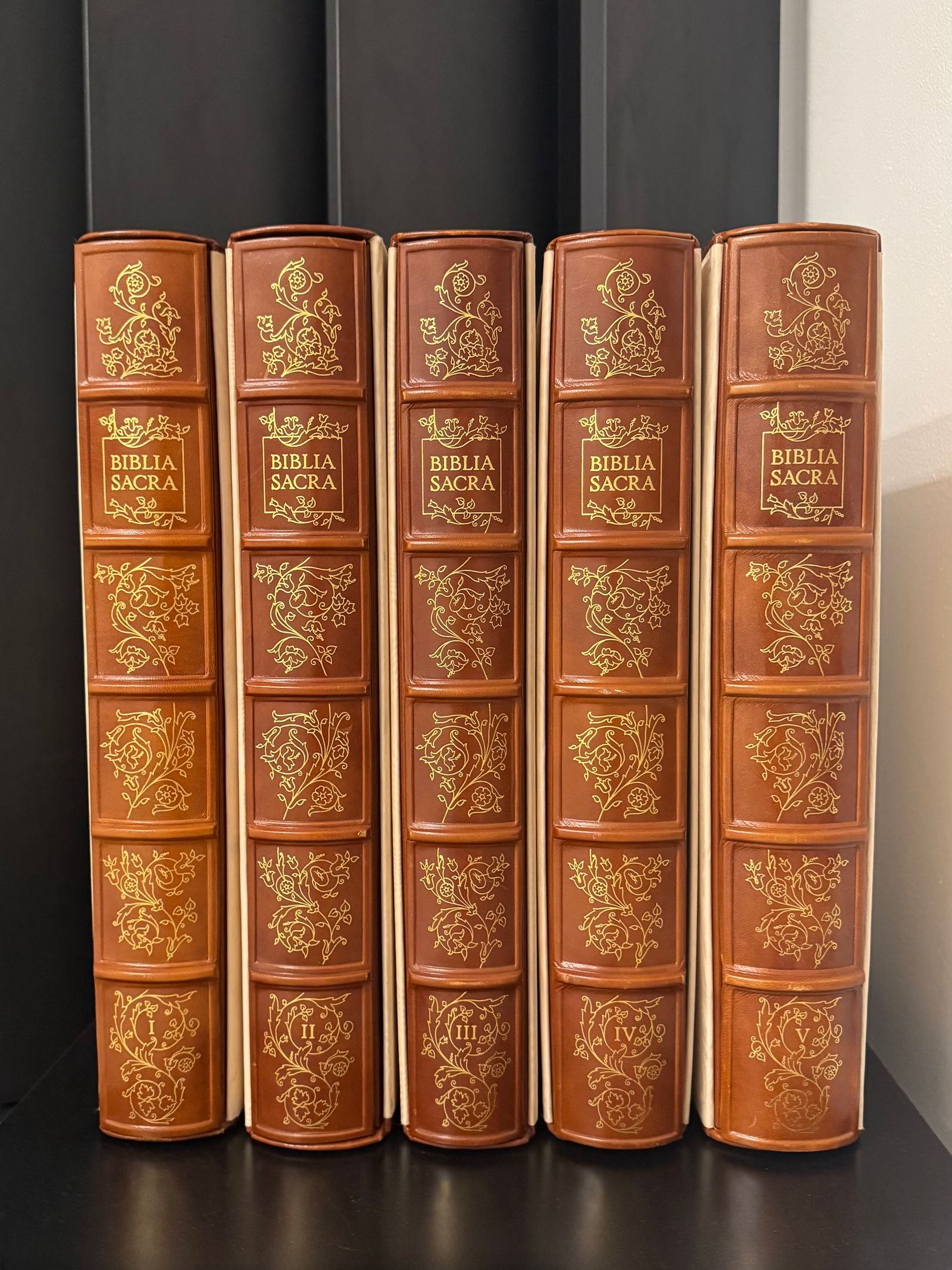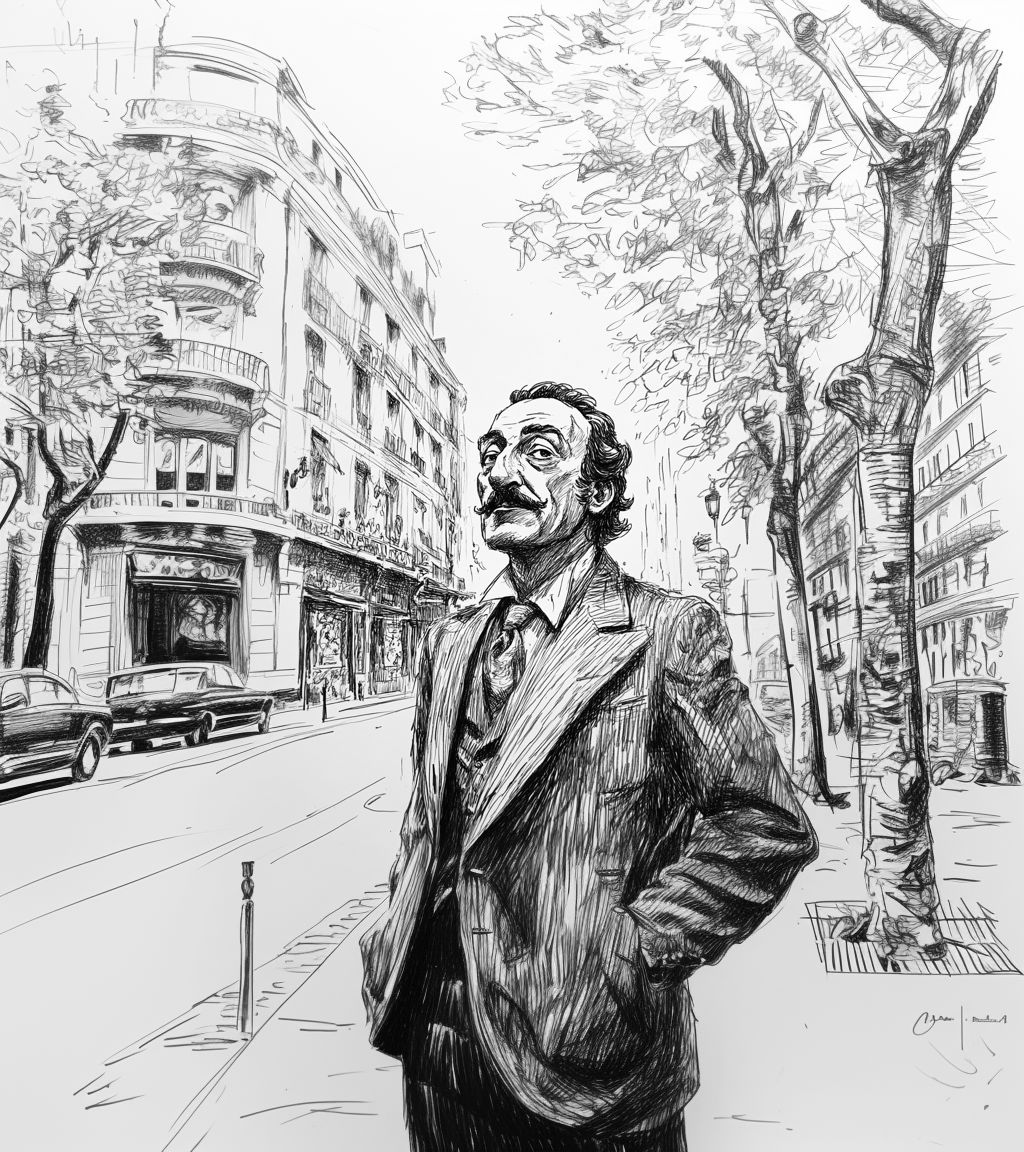
Salvador Dali
Salvador Dalí studied at the Royal Academy of Fine Arts of San Fernando in Madrid, where he developed his technical skills and eccentric persona. In the 1920s, he moved to Paris and joined the surrealist movement, quickly becoming one of its most recognizable figures. Dalí's flamboyant personality and prolific imagination made him a cultural icon as well as a leading voice in 20th-century art.
Dalí is best known for his surrealist paintings that merge dream imagery, precise realism, and symbolic content. Influenced by Sigmund Freud’s theories of the unconscious and psychoanalysis, his works often feature melting clocks, distorted figures, barren landscapes, and bizarre juxtapositions. Dalí called his approach the “paranoiac-critical method,” which involved accessing subconscious associations to fuel artistic creation. While painting was his primary medium, he also worked in sculpture, film, photography, and design, collaborating with figures such as Luis Buñuel and Alfred Hitchcock.
Among his most iconic works are The Persistence of Memory (1931), The Elephants (1948), The Temptation of St. Anthony (1946), and Metamorphosis of Narcissus (1937). Dalí’s work has been exhibited in major museums worldwide, including MoMA (New York), the Tate (London), and the Centre Pompidou (Paris). The Dalí Theatre-Museum in Figueres, founded by the artist himself, houses a vast collection of his works and remains a central destination for those seeking to understand his legacy.
Collected by major institutions and notable private collectors:
— Guggenheim Museum— Centre Pompidou
— Dalí Theatre-Museum Figueres
— Museo Reina Sofía
Notable sales and auction records:
— Portrait De Paul Eluard, £13.5 million at Sotheby’s, London, 2011— Printemps Necrophilique, £10.1 million at Sotheby’s, New York, 2012
— Couple With Their Heads Full Of Clouds, £8.2 million at Bonhams, London, 2020
Artworks and Paintings
Biography and Artistic Career Highlights
Salvador Dalí was born on May 11, 1904, in the town of Figueres, Catalonia, Spain, into the family of a notary. His parents had already lost their firstborn, who was also named Salvador, so the boy was raised with special attention, which reinforced in him a sense of being chosen. From an early age, he showed artistic talent and studied at the municipal art school.
1916 — first trip to the outskirts of Figueres, where Dalí became acquainted with Impressionism and decided to become an artist.
1919 — participated in his first exhibition in Figueres.
1921 — the death of his mother, a tragic event for the young artist. Enrolled at the Royal Academy of Fine Arts of San Fernando in Madrid.
1923–1926 — studied at the academy; became acquainted with future prominent figures of Spanish culture such as Federico García Lorca and Luis Buñuel. Developed his own style.
1926 — expelled from the academy for insubordination; first trip to Paris, where he met Pablo Picasso.
1929 — collaborated with Buñuel on the film “Un Chien Andalou”; met Elena Dyakonova (Gala), who became his muse and wife. Joined the Surrealist group.
1930s — created key works of Surrealism, such as “The Persistence of Memory” (1931). Experimented with the “paranoiac-critical” method. Gradually broke with the Surrealists due to political disagreements.
1934 — married Gala.
1940–1948 — emigrated to the United States. During this period, Dalí worked on theater and film projects and collaborated with Hollywood.
1948 — returned to Spain; developed “mystical realism,” intensifying religious and scientific motifs in his painting.
1950–1970s — produced monumental canvases, participated in international exhibitions, and designed books, jewelry, and costumes. Dalí became one of the most famous figures in world art.
1960–1974 — built the Dalí Theatre-Museum in Figueres, which became the central project of the last decades of his life.
1982 — the death of Gala; the artist experienced a deep crisis.
1984 — a fire in his home in Púbol, after which his health deteriorated sharply.
On January 23, 1989, Salvador Dalí died in Figueres of heart failure. He was buried in the Dalí Theatre-Museum, which he himself had created. His legacy became a symbol of Surrealism: through fantastic imagery, the play of the subconscious, and his eccentric personality, he exerted a tremendous influence on 20th-century art and culture as a whole.

